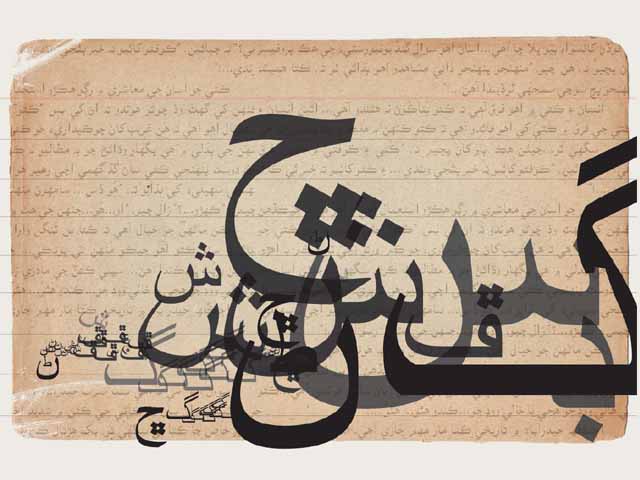By: Muhammad Ahmar Chaudhary
Pakistan is a country rich in diversity, with a population of over 220 million people and a range of different languages spoken across the country. Urdu, the national language of Pakistan, is widely spoken and understood, but it is just one of many languages that contribute to the country’s linguistic landscape. In this article, we will explore the role of regional languages in Pakistan, their significance, and the challenges they face.
Pakistan is home to a variety of regional languages, each with its own unique history, culture, and dialects. These languages include Punjabi, Sindhi, Balochi, Pashto, Saraiki, Hindko and many others. In fact, Pakistan is considered to be one of the most linguistically diverse countries in the world with over 70 different languages spoken throughout the country.
Regional languages play a vital role in the cultural and social fabric of Pakistan. They not only reflect the diversity of the people and their traditions but also serve as a means of communication and identity. For many Pakistanis, their regional language is an integral part of their identity and it connects them to their heritage and history. They have their own folk songs and folklore that represent their culture. They have their own regional dances. Some of these regional songs and dances are famous throughout the country for example regional dances like Bhangra, and Khattak Dance and regional songs of singers like Attaullah Esakhelvi, Abida Parveen, Abrar-ul-Haq, etc are quite famous. This very thing represents the sense of unity within Pakistan as well.
Despite their cultural and social significance, regional languages in Pakistan have faced a range of challenges over the years. One of the biggest challenges is the dominance of Urdu and English in official communication, education and media. Urdu has been promoted as the national language of Pakistan since its inception and it is used as the medium of instruction in most schools and universities. Similarly, English is often seen as a symbol of status and privilege, and it is widely used in official communication, business and the media. The preference for Urdu and English has marginalized regional languages, making it difficult for people who speak these languages to access education, employment and other opportunities. In addition, the lack of support and recognition for regional languages has resulted in a decline in their use and a loss of cultural heritage. They feel disconnected with other people because of it.
Despite these challenges, there have been efforts to promote and preserve regional languages in Pakistan. Many organizations and individuals have
advocated for the recognition and protection of these languages, and there have been initiatives to promote them in education, media and other spheres of public life. In 2018, the Sindh Assembly passed the Sindh Languages Bill, which recognizes and promotes the use of Sindhi, Saraiki and other regional languages in the province. There have also been successful examples of promoting regional languages in Pakistan. The Punjab government launched the Punjab Language Roadmap in 2012, which aimed to promote the use of Punjabi in education, media and government. Similarly, the Khyber Pakhtunkhwa government has implemented a policy to promote Pashto in education and public life.
However, there is still a long way to go in terms of promoting and preserving the regional languages in Pakistan. It is crucial to recognize the importance of these languages as a vital part of the country’s cultural heritage, diversity and to provide support and resources to promote their use and development. This can be achieved through initiatives such as the inclusion of regional languages in education, the promotion of their use in media and official communication and the provision of resources for their preservation and development.
To conclude, regional languages in Pakistan are an essential part of the country’s linguistic landscape and cultural heritage. They provide a mean of communication, identity and cultural expression for millions of people.
However, the dominance of Urdu and English has marginalized these languages and posed significant challenges to their preservation and development. It is crucial to recognize the importance of regional languages and to take concrete steps to promote and preserve them for future generations. So that we could protect the diversity and culture of different communities living within Pakistan.
The writer is a freelance columnist
